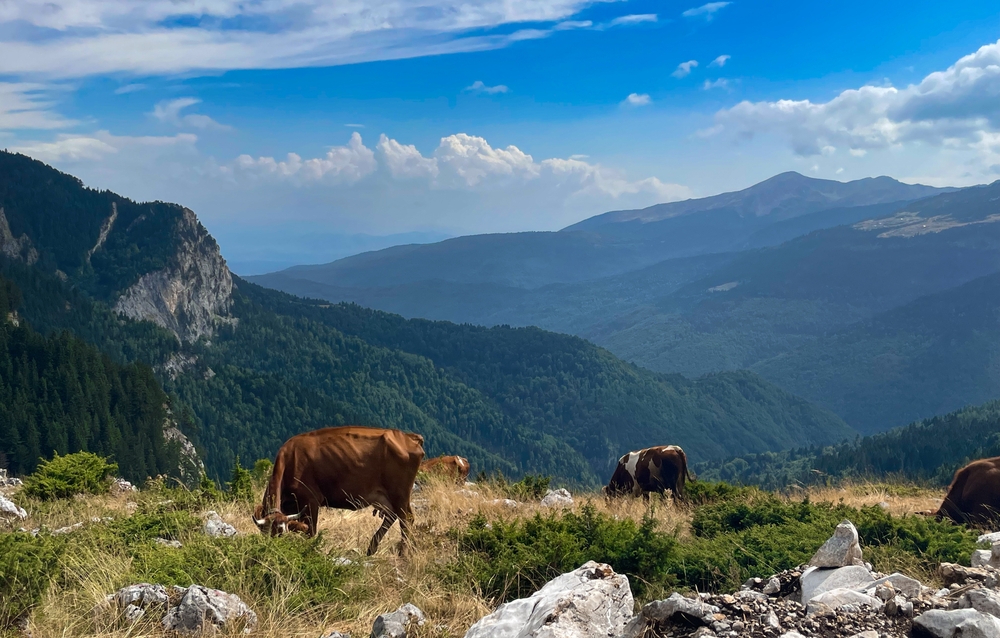Sharr Mountains Overview
Sharr Mountains National Park, known locally as Parku Kombëtar i Maleve të Sharrit, is a stunning and expansive natural area located in southeastern Kosovo, covering an area of approximately 208 square miles (540 square kilometers).
This remarkable park is part of the larger Sharr Mountains range, which extends into North Macedonia and Albania, making it a vital transboundary ecosystem in the Balkans. Its diverse landscapes, rich biodiversity, and striking peaks make it a haven for nature lovers and outdoor enthusiasts.
The park is characterized by rugged terrain, featuring dramatic mountain peaks, rolling valleys, glacial lakes, and dense forests. Some of the most prominent peaks within the park include Ljuboten, standing at 8,196 feet (2,498 meters), and Piribeg, a favored destination for mountaineers and hikers. The glacial lakes, such as Livadica and Jazhinca, add to the park’s enchanting beauty, reflecting the towering mountains and clear skies.
The vegetation in the park is equally diverse, with lush beech and fir forests blanketing the lower altitudes, while alpine meadows filled with wildflowers and herbs thrive at higher elevations. These habitats provide a vibrant and colorful display during the warmer months.
Wildlife in Sharr Mountains National Park is abundant and includes many species that are either endangered or rare. Mammals such as the Balkan lynx, brown bear, gray wolf, and chamois roam the park’s forests and mountains, while smaller creatures like otters and red foxes inhabit its rivers and valleys.
Bird enthusiasts will find the park especially appealing, as it is home to golden eagles, griffon vultures, peregrine falcons, and the rare rock partridge. These birds of prey, along with other avian species, make the park a vital site for birdwatching in the region.
The park’s popular features include its extensive hiking and trekking trails, which offer breathtaking views of the mountain landscapes. During winter, the slopes near Brezovica become a hub for skiing and snowboarding, drawing visitors from across Kosovo and beyond.
Visitors can also engage in activities such as mountain biking, camping, and photography, with many trails leading to scenic vistas and serene glacial lakes.
Conservation efforts in Sharr Mountains National Park have been a focus of local and international initiatives, particularly given the presence of the critically endangered Balkan lynx. However, challenges such as illegal logging, poaching, and unregulated tourism continue to pose threats to the park’s fragile ecosystems.
Despite these challenges, significant progress has been made in raising awareness and fostering sustainable practices, including cross-border conservation projects with neighboring countries to protect the shared ecosystem of the Sharr Mountains. The park remains a testament to the region’s natural beauty and its critical importance to biodiversity.











































































